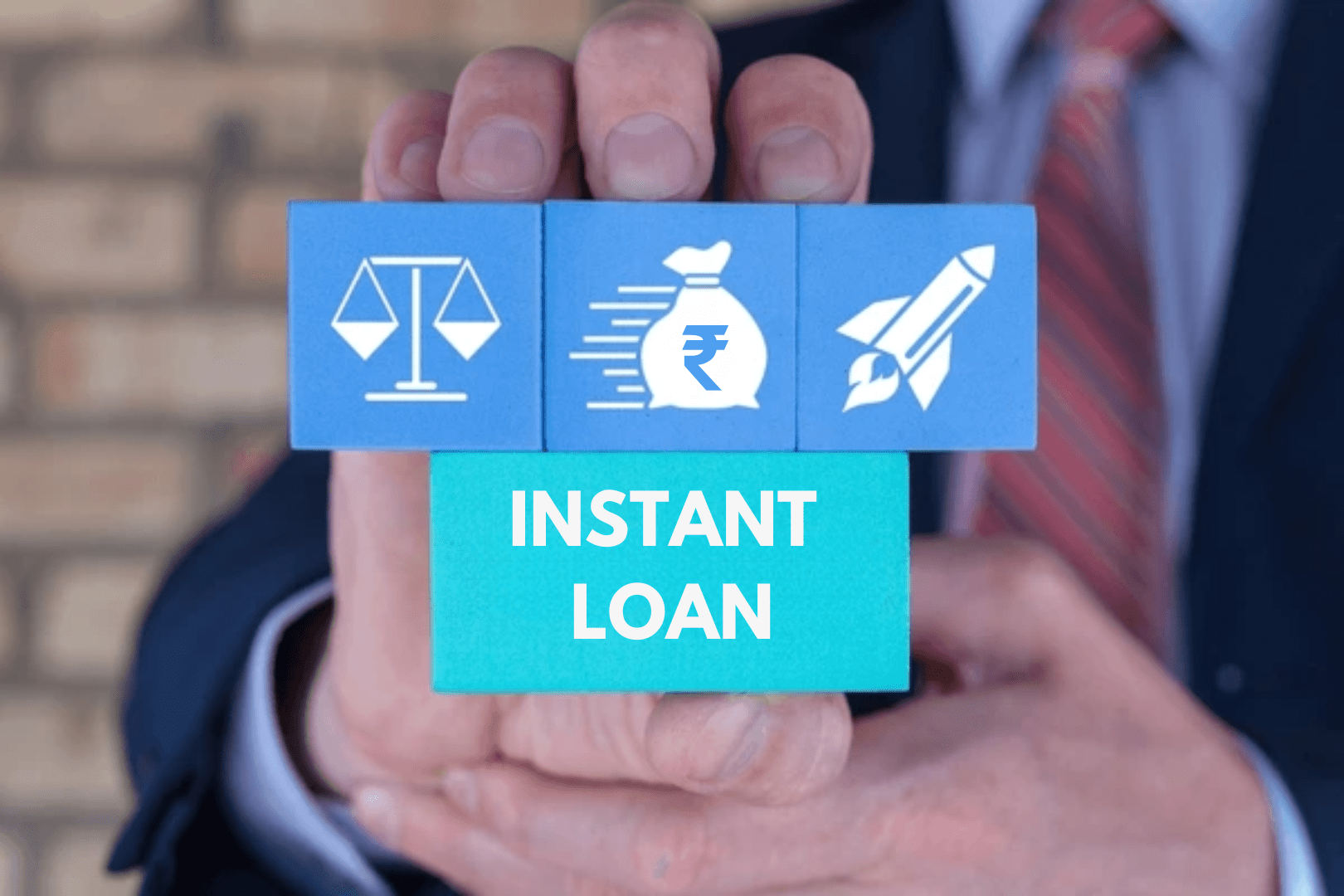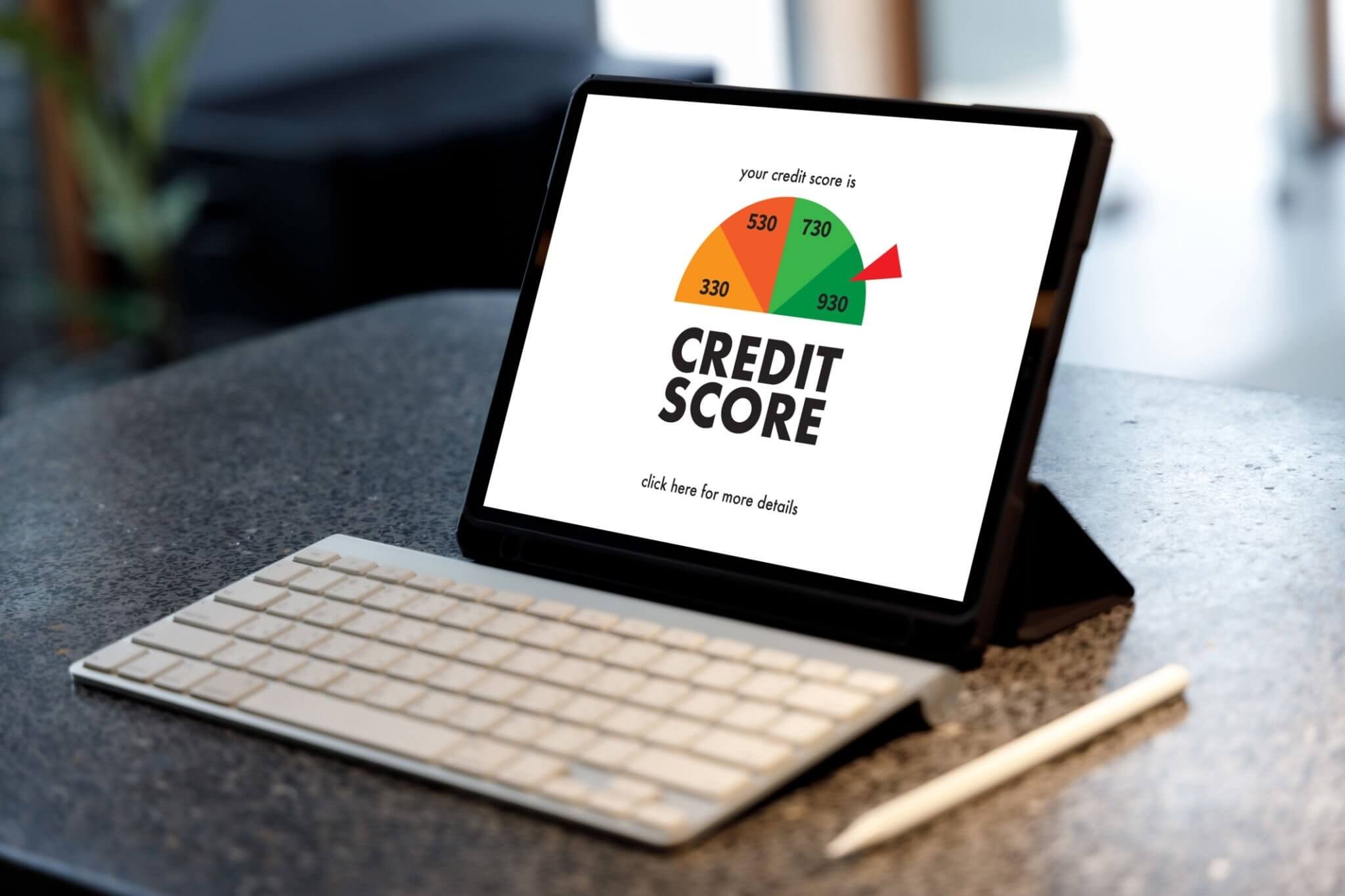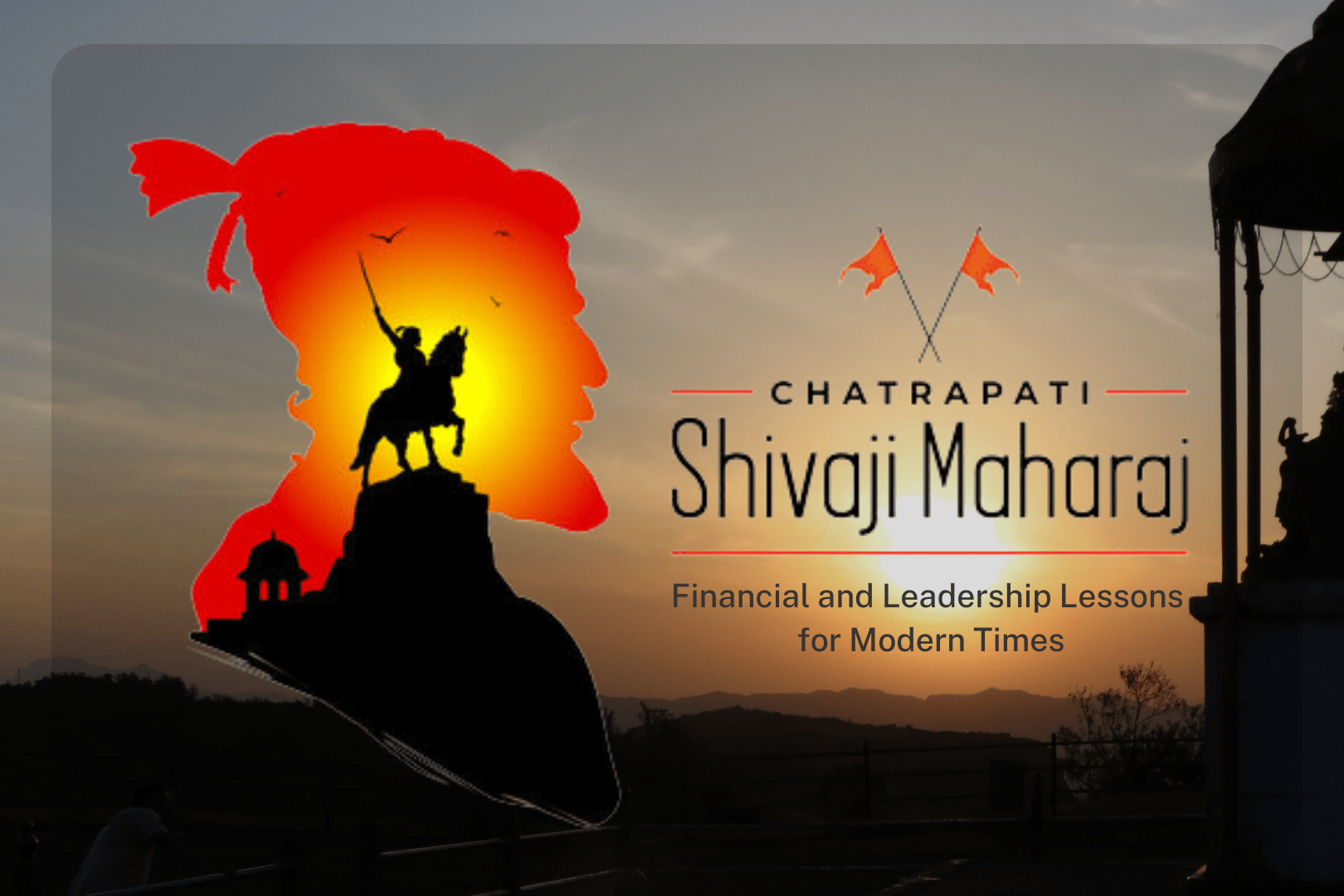Personal Loan Interest
Personal Loans are important in India as a means to meet immediate Financial needs. Whether it be for weddings, medical emergencies, or planned travel, loans such as these allow for easy cash disbursement. They usually carry interest rates that are significant, as it directly affects the overall borrowing cost. Therefore, to gain better control over your financial decisions, a deep understanding of the personal loan interest rates is necessary. The present guide aims to provide specifications regarding the factors that determine these rates, their calculation, and ways to obtain optimum offers.
Factors that Affect Personal Loan Interest Rates
Credit Score or History
A good credit score directly impacts the interest rates offered on personal loans. Generally, a score above 750 would fetch the lowest interest rates. The lenders typically grant a rate better than about 2-3%, depending upon the score. This differential in the rates may lead to further inflating the earlier loan amount.
Excellent Score (750+): Low interest.
Good Score (700-749): Moderate rates.
Fair Score (650-699): Higher rates.
Poor Score (<650): Very high rates.
Loan Amount and Tenure
Another factor affecting the interest rate is the amount of the loan taken. Bigger loans might have increased rates due to increased risk perceived by lenders. This will be applicable even if the term of loan varies. The shorter the duration of a loan, the lesser the overall interest.
Higher Loan Amount: Might result in high rates.Short Tenure: Lower overall interest, often lower interest rates.
Long Term: Higher overall interest.
Income and Repayment Capacity
This will all depend on the stable income to allow one to be given a better rate. Based on the analysis of one’s capacity to repay a loan, lenders will judge potential clients by the DTI. If your DTI is low, it indicates that you have a great income to debt ratio and are, therefore, less of a risk to lenders.
- Stable Income: Higher chance for lower rates.
- DTI < 40%: Better loan conditions.
- DTI > 40%: Might pull in higher rates.
Types of Personal Loans and Their Interest Rates
Secured vs. Unsecured Loans
Secure loans require collateral and usually have lower rates of interest than unsecured loans, which don’t.
Secured Loans: Rates on average can be around 10-15%.
Unsecured Loans: Rates can lie between 12-20%.
For example:
Secured: Loans against property.
Unsecured: Salary-based loans.
Bank vs. NBFC Loans
The interest rates offered by banks and NBFCs differ. Banks usually offer lower rates. NBFCs may charge more, often offsetting flexibility in terms.
Banks: Lower interest rates, more stringent approval parameters.
NBFCs: Higher interest but flexible in approving loans.
Some Loan Products
Some predominant banks and NBFCs offer certain specific personal loan products. Below are the snapshots of interest rates from three popular institutions:
| Institution | Type of Loan | Interest Rate (%) |
|---|---|---|
| State Bank of India | Personal Loan | 9.60 – 16.40 |
| HDFC Bank | Personal Loan | 10.50 – 20.00 |
| Bajaj Finserv | Personal Loan | 12.00 – 20.00 |
Calculating Personal Loan Interest and EMIs
Simple Interest vs. Compound Interest
It is important to know how interest is calculated. Simple interest is understood quite straightforwardly. For example, the amount of interest payable will be ₹10,000 over a one-year period on a principal amount of ₹1,00,000 borrowed at an interest rate of 10%.
On the contrary, for compound interest, calculation is done on the principal and accrued interest, which can sometimes quadruple payment over long periods of time.
EMI Calculation
[ \text{EMI} = P \times \frac{r(1+r)^n}{(1+r)^n – 1} ]
The monthly installments are usually calculated based on this formula:
Where:
( P ) = Principal Loan Amount
( r ) = Rate of Interest (monthly)
( n ) = Tenure of the Loan – in months
Total repayable interest
The total interest is found by subtracting the principal from the total amount repaid.
For instance, on executing a loan of ₹1,00,000 at 10% for 5 years, and with your EMI being ₹2,124, the total repayment sums to ₹1,27,440. Hence, the total interest is ₹27,440.
Tips to achieve a better interest rate
Elevate Your Credit Score
Improving your Credit Score can fetch you lower rates. Keep checking the score regularly and pay your bills on time. You can use CIBIL for a free credit score check.
Compare Interest Rates of Multiple Lenders
It is imperative to compare rates from different banks and NBFCs. Online comparison tools enable you to sift through best offers very quickly.
Negotiate with Lenders
Never hesitate to negotiate. Discuss the offers made by other lenders for better terms. Many borrowers have successfully reduced the rates by negotiating.
Understanding the Fine Print and Avoiding Common Mistakes
Hidden Fees and Charges
Early on, one needs to watch out for fees that dig into the loan’s value, like processing fees, administrative charges, and insurance charges.
Prepayment Penalties
In some instances, if you decide to pay off your loan early, be ready for hefty prepayment penalties. Look for lenders who don’t have/charge minimal prepayment penalties.
Loan Defaults and Aftereffects
Defaulting can ruin your credit score, and lenders sometimes initiate legal proceedings in a worst-case scenario. If you find yourself in financial trouble, alert the lender at a very early stage to sort it out with possible alternatives.
Conclusion
It is significant to understand personal loan rates of interest in India before making decisions. Keeping in mind your credit score, an analysis of varied loans, and consideration for hidden charges ensures you get the best terms of payment for your loan. With the help of this manual, move into the personal loan space wisely and make decisions that positively affect your financial well-being.








